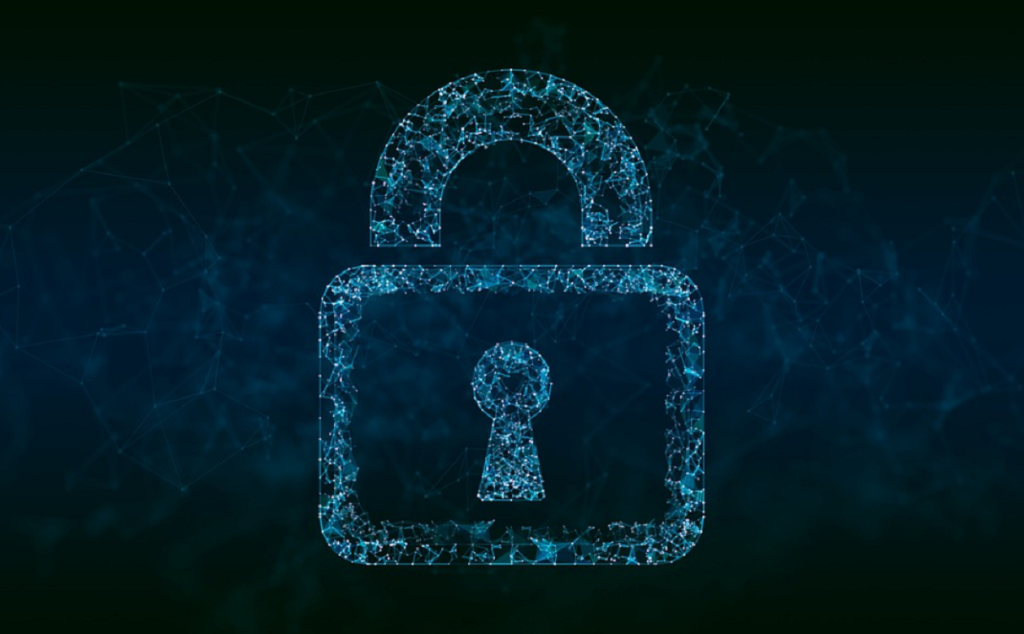Understandably, most IT leaders would prefer to avoid a cyberattack altogether, but that’s not always possible. Here’s a quick look at how the threat landscape is growing:
With the severity of cyberattacks like these on the rise, some agencies are turning to cybersecurity insurance for an added level of protection. But the cost of frequent ransomware attacks has driven up the price of insurance by at least 25 percent, putting it out of reach for some organizations.
So how can agencies proactively protect their systems and mitigate the risk of ransomware? The best way to purchase and utilize cybersecurity coverage is to pair it with a vigorous risk-reduction effort. A robust cyber strategy ideally will make cyber liability insurance not just affordable, but ultimately unnecessary.
Robust cyber protection can help better prepare agencies for an attack, safeguarding both their operational systems and sensitive data. To that end, they need to be sure they are addressing three key elements of cyber defense: 1) endpoint data protection; 2) a mechanism for timely threat detection; and 3) tools in support of mobile security.
By focusing on these three core components, cyber defenders can better protect public systems and sensitive data, ensuring state and local agencies can continue to meet the mission even in a heightened threat landscape.
To learn more about how agencies can improve their cyber protection, download this playbook.
